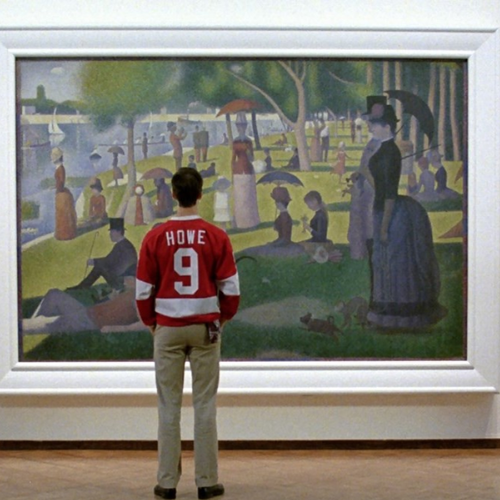Immerse yourself in a world of luxury as we explore the history of fine dining. Discover the art of creating a memorable dining experience, from stunning interiors to culinary details that delight the senses.
What are food accoutrements?
Accoutrement stems from the Old French world meaning accoutrer, meaning to seam or sew together. This etymological meaning is also evident in the word couture, meaning the business of making fashionable clothes. In modern times, accoutrements has grown to mean "to provide with equipment or furnishings" or "to outfit," according to Webster’s Dictionary, and often refers to accessories or gadgets.The History of Luxury Dining: Exquisite Spaces and Memorable Gatherings
Luxury dining has long been a symphony that engages all the senses. Every aspect, from the elegant attire of the guests to the poised grace of the waitstaff, orchestrates an enchanting experience. The culinary creations, generously presented, help to create the remarkable fusion of performance, indulgence and taste that we all love.
Rococo Dining Accoutrements: Enhancing Culinary Delights with Fine Details

- Shell motifs: The French word “rococo” derives from rocaille, which means shellwork. People saw shells as symbols of love, fertility and abundance, and they used them to decorate dishes, bowls, cups and silverware.
- Curves and Spirals: Tableware, silverware and even furniture often featured sinuous curves and flowing lines.
- Bright colors: Dining accoutrements were often decorated in bright shades of pink, blue, green and yellow. This use of color helped to create a sense of lightness and airiness, in contrast to dark Baroque hues.
Traditions in Victorian Dining: a la française and a la rousse
During the Victorian era, flatware expanded beyond the basics into fantastical realms with a specific utensil for every possible dish. From asparagus tongs to terrapin forks, wealthy hosts began to collect extensive flatware sets and built cabinets with custom-fitted inserts to store their collection. These custom cases served as beautiful displays and just as importantly made it very obvious if even a single item was missing.

Legendary Menus: Exploring the Culinary Masterpieces of Iconic Dinner Parties
Throughout history, there have been many iconic dinner parties that have featured truly legendary menus. From the lavish feasts of the Roman emperors to the intimate gatherings of the French aristocracy, these parties have set the standard for culinary excellence.

Modern Dining Rooms: Infusing Antique and Vintage Elegance into Your Dining Space
Though you might not live in a historic manor or estate, your dining room design is important, as it is a space where you can entertain guests, enjoy a family meal, or simply relax and unwind. It's also a great place to infuse some antique and vintage elegance into your home decor to facilitate the dinner parties of legends.- Use antique or vintage furniture. This could include an antique dining table, chairs, a sideboard, or a buffet.
- Add antiques. This could include an antique dining room set, candlesticks, lamps, a mid century mirror, or artwork. Choose pieces that complement the style of your furniture and that add a touch of elegance to your dining space. Don’t be afraid to embrace the opulence of a bygone era.
- Infuse your menu with creativity. Although many restaurants embrace minimalism and innovation, some of the world’s most prestigious institutions offer preeminent renditions of classic meals. Open a dusty cookbook to explore endless pages of gastronomy inspiration.







